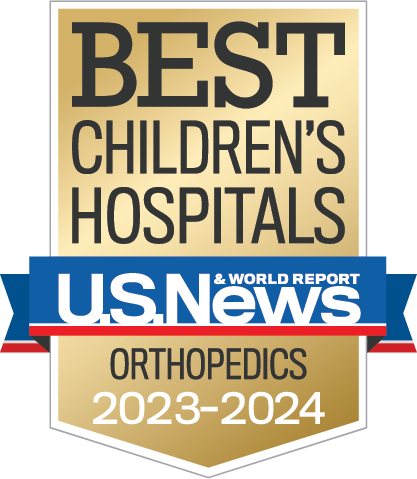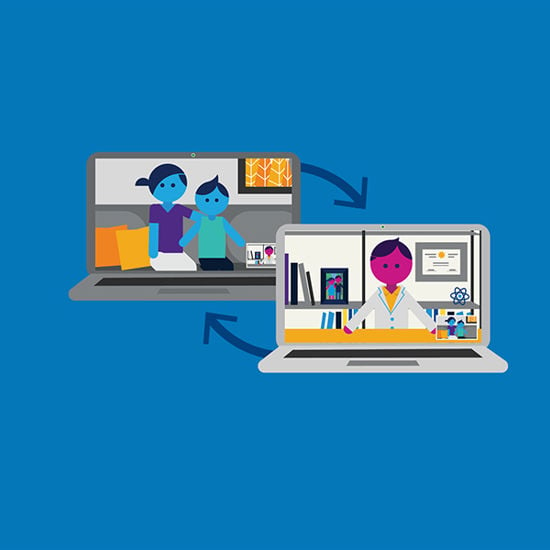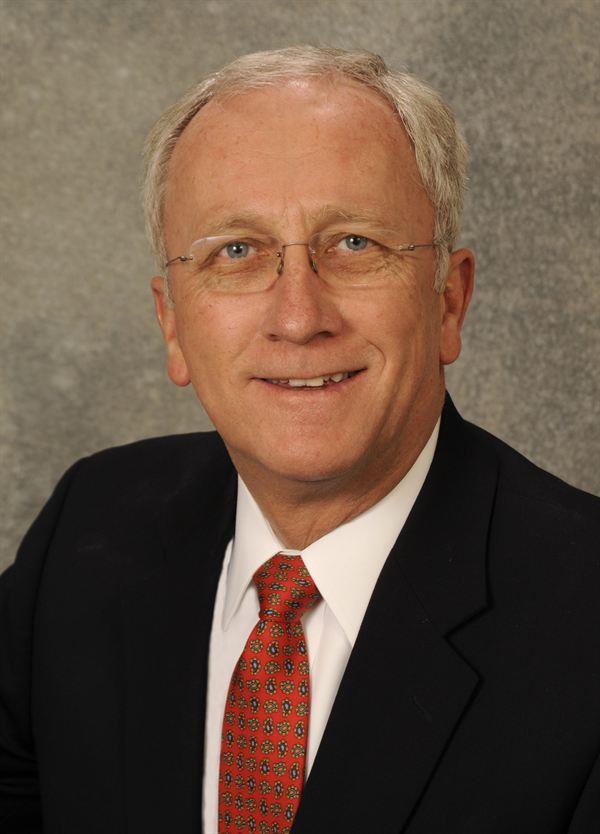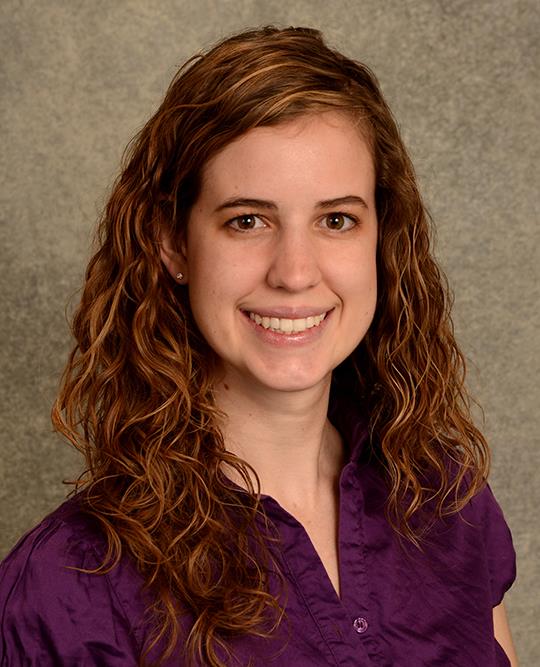- Doctors & Departments
-
Conditions & Advice
- Overview
- Conditions and Symptoms
- Symptom Checker
- Parent Resources
- The Connection Journey
- Calm A Crying Baby
- Sports Articles
- Dosage Tables
- Baby Guide
-
Your Visit
- Overview
- Prepare for Your Visit
- Your Overnight Stay
- Send a Cheer Card
- Family and Patient Resources
- Patient Cost Estimate
- Insurance and Financial Resources
- Online Bill Pay
- Medical Records
- Policies and Procedures
- We Ask Because We Care
Click to find the locations nearest youFind locations by region
See all locations -
Community
- Overview
- Addressing the Youth Mental Health Crisis
- Calendar of Events
- Child Health Advocacy
- Community Health
- Community Partners
- Corporate Relations
- Global Health
- Patient Advocacy
- Patient Stories
- Pediatric Affiliations
- Support Children’s Colorado
- Specialty Outreach Clinics
Your Support Matters
Upcoming Events
Colorado Hospitals Substance Exposed Newborn Quality Improvement Collaborative CHoSEN Conference (Hybrid)
Monday, April 29, 2024The CHoSEN Collaborative is an effort to increase consistency in...
-
Research & Innovation
- Overview
- Pediatric Clinical Trials
- Q: Pediatric Health Advances
- Discoveries and Milestones
- Training and Internships
- Academic Affiliation
- Investigator Resources
- Funding Opportunities
- Center For Innovation
- Support Our Research
- Research Areas

It starts with a Q:
For the latest cutting-edge research, innovative collaborations and remarkable discoveries in child health, read stories from across all our areas of study in Q: Advances and Answers in Pediatric Health.


Hand and Upper Extremity Program
Finger/Thumb Hypoplasia or Aplasia
Kids aren’t just mini adults. In fact, they’re incredibly different. That’s why they need incredibly different care.

What is finger/thumb hypoplasia or finger/thumb aplasia?
- Finger/thumb hypoplasia is when a baby is born with a finger or thumb that is not developed completely (it is usually small in size).
- Finger/thumb aplasia is when a baby is born without a finger or thumb (it is missing).
- The condition may or may not involve the other structures of the finger/thumb (bones, tendons, ligaments, muscles, joints and nerves).
What causes finger/thumb hypoplasia or aplasia?
Doctors do not know why finger/thumb hypoplasia or aplasia occurs, but they do know that it is often associated with specific syndromes and other hand differences.
How is finger/thumb hypoplasia or aplasia diagnosed?
Finger/thumb hypoplasia or aplasia is diagnosed by examination, usually just after birth. Often, X-rays will be ordered to look at the bones of the thumbs/fingers. The baby's doctor may order other tests to check for associated syndromes.
How is finger/thumb hypoplasia or aplasia treated?
Treatment of finger/thumb hypoplasia or aplasia varies and may include surgery.
It is important to take into account the child's overall health, medical history and whether surgery will improve how the hand works.
Infants and children born with these hand differences learn to use their hands to pinch and grasp using the structures of the hand they do have. Some activities are still harder for these children to perform.
If surgery is recommended:
- It is usually reconstructive (rebuilding or remaking) surgery.
- Surgery may be done to make the web space (skin between the fingers or thumb and fingers) less tight. Sometimes a skin graft is needed.
- Surgery may be performed on bones, tendons, ligaments, muscles, joints and/or nerves.
- The surgery will be done in the operating room under general anesthesia (the child is put to sleep).
- Pollicization is a surgery in which the index finger is taken and put in the place where there is no thumb, or there is a small thumb that does not work normally. A hand with a thumb and three fingers usually works much better than a hand with four fingers. It is also harder to see the hand difference when the child has a thumb. The index finger must work well for the surgery to be successful. Pollicization surgery has been done for many years with much success.

After surgery:
- After surgery, your child's hand will have bandages and most likely there will be a cast placed over the bandages.
- Depending on how much needs to be done, and how long the surgery takes, your child will most likely need to spend at least one night in the hospital.
Why choose Children's Hospital Colorado for your child’s finger/thumb hypoplasia or aplasia?
Our Hand and Upper Extremity Program team provides a comprehensive, multidisciplinary approach to the care of your child. This means you have access to leading specialists from multiple departments who work together to treat your child.
Your child's care team includes pediatric experts from orthopedic surgery, rehabilitation and physical medicine, and occupational therapy.
Next steps
-
Would you like to learn more about us?
Learn more about the Hand and Upper Extremity Program -
Do you need an appointment or have a question?
720-777-6600 -
Are you ready to schedule an appointment?
Schedule an appointment

Compassionate care, wherever you are
We’re here when you need us. Telehealth appointments are available across every specialty, so you can get the high-quality care we’ve always offered from the comfort, privacy and convenience of home.
See if telehealth is right for you
Get to know our pediatric experts.

Sarah Sibbel, MD
Orthopaedic Surgery, Hand Surgery

Frank Scott, MD
Hand Surgery

Cailin Delaney, PA-C
Physician Assistant



 720-777-0123
720-777-0123



